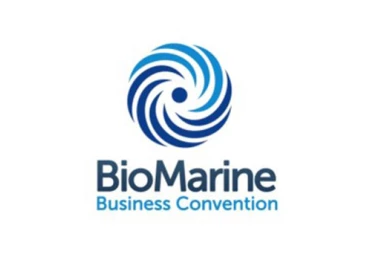The Depths Unveiled A Comprehensive Guide to Underwater Inspection

The exploration of the underwater world has always fascinated humanity. From ancient civilizations to modern-day adventurers, the mysteries that lie beneath the surface have captured our imagination. Yet, beyond the allure of discovery, there exists a practical necessity for understanding and inspecting underwater environments. Whether it’s for assessing the condition of maritime infrastructure, inspecting marine life, or exploring underwater ecosystems, underwater inspection plays a crucial role in various fields.
In this comprehensive guide, we delve into the realm of underwater inspection, exploring its methods, technologies, applications, and challenges. From traditional diving techniques to cutting-edge robotics, we uncover the tools and techniques used to explore and assess the underwater world.
Understanding Underwater Inspection:
Underwater inspection refers to the process of visually examining submerged structures, marine environments, or underwater objects to assess their condition, integrity, and functionality. This practice finds applications across diverse sectors such as maritime engineering, marine biology, environmental monitoring, and archaeology.
Methods of Underwater Inspection:
- Diving Inspection:
- Traditional diving remains a common method for underwater inspection.
- Skilled divers equipped with specialized gear conduct visual assessments and measurements.
- While effective, diving inspections are limited by factors such as depth, visibility, and diver safety.
- Remotely Operated Vehicles (ROVs):
- ROVs are unmanned, remote-controlled vehicles equipped with cameras, sensors, and manipulators.
- These versatile machines can access depths beyond human limitations and provide high-resolution imagery.
- ROVs are commonly used for offshore inspections, pipeline surveys, and archaeological explorations.
- Autonomous Underwater Vehicles (AUVs):
- AUVs are self-propelled, untethered vehicles programmed to navigate underwater environments autonomously.
- Equipped with sensors, sonars, and cameras, AUVs collect data and imagery for various applications, including mapping seabeds and monitoring marine life.
- Sonar Technology:
- Sonar systems use sound waves to map underwater terrain, detect objects, and measure distances.
- Side-scan sonar and multibeam sonar are commonly employed for seabed mapping, wreck detection, and environmental surveys.
- Magnetic Imaging:
- Magnetic imaging techniques detect anomalies in the Earth’s magnetic field caused by submerged objects or structures.
- This method is valuable for locating shipwrecks, underwater pipelines, and buried artifacts.
Applications of Underwater Inspection:
- Maritime Infrastructure Maintenance:
- Underwater inspections are crucial for assessing the condition of bridges, ports, piers, and offshore platforms.
- Regular inspections help identify structural weaknesses, corrosion, and marine growth, ensuring the safety and integrity of maritime infrastructure.
- Environmental Monitoring:
- Underwater inspections play a vital role in monitoring and preserving marine ecosystems.
- Researchers use underwater cameras and sensors to study coral reefs, underwater habitats, and marine species distribution.
- Offshore Energy:
- Oil and gas companies rely on underwater inspections to maintain offshore rigs, pipelines, and subsea equipment.
- Inspection data informs maintenance schedules, prevents leaks, and ensures compliance with environmental regulations.
- Search and Rescue Operations:
- Underwater inspection technologies aid search and rescue teams in locating submerged objects, missing persons, or downed aircraft.
- ROVs equipped with cameras and sonars assist in underwater search operations, even in challenging conditions.
Challenges and Future Trends:
- Environmental Impact:
- Underwater inspection activities can disturb fragile marine ecosystems and disturb underwater habitats.
- Sustainable practices and mitigation measures are necessary to minimize the environmental impact of underwater inspections.
- Technological Advancements:
- Advancements in robotics, artificial intelligence, and sensor technologies are driving innovation in underwater inspection.
- Future developments may include swarm robotics, adaptive autonomy, and advanced imaging techniques for enhanced underwater exploration.
- Regulatory Framework:
- Establishing comprehensive regulations and standards for underwater inspection is essential to ensure safety, environmental protection, and data integrity.
- Collaboration between industry stakeholders, government agencies, and research institutions is key to developing effective regulatory frameworks.
Conclusion:
Underwater inspection is a multifaceted discipline that combines technology, engineering, and exploration. From inspecting maritime infrastructure to studying marine ecosystems, its applications are diverse and far-reaching. As technology continues to evolve and our understanding of the underwater world deepens, underwater inspection will remain integral to the sustainable management and exploration of our oceans. Through innovation, collaboration, and responsible practices, we can unlock the secrets of the depths while preserving the delicate balance of marine life.




